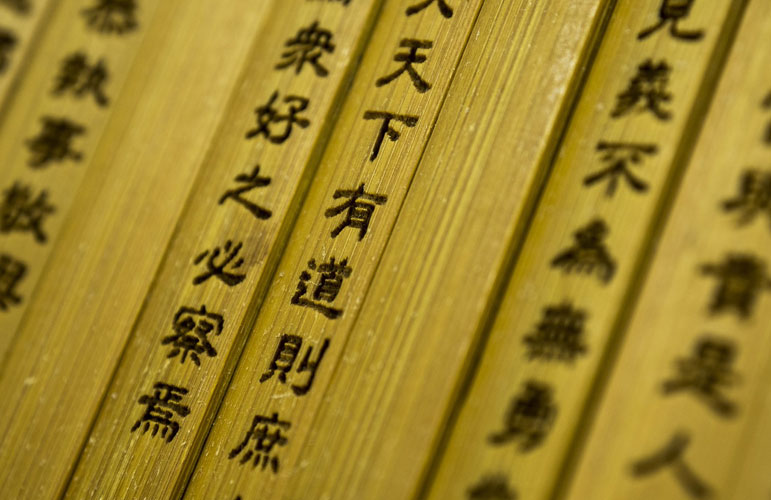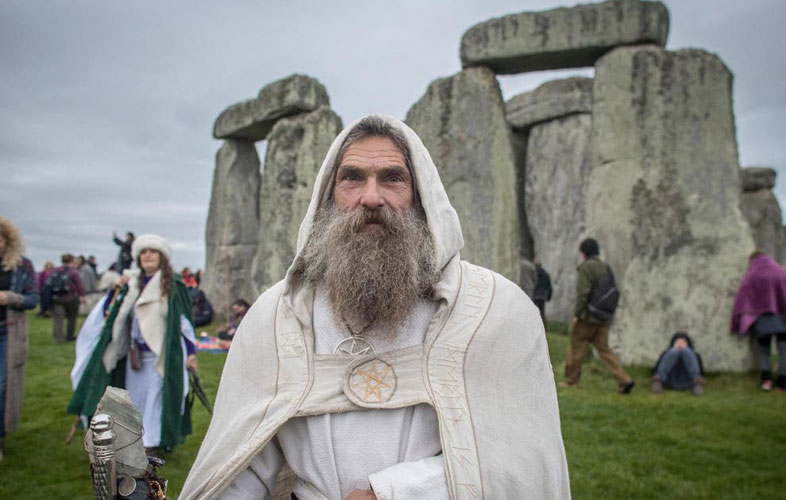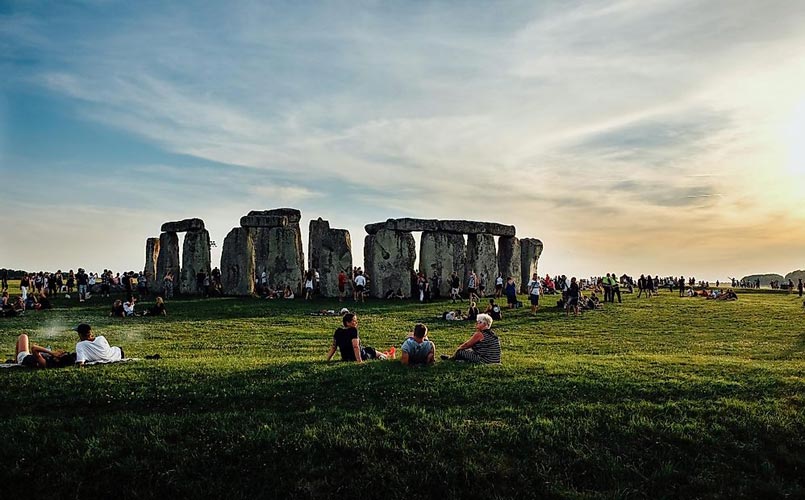Common questions on Confucianism religion with answers Part 2
There are common questions on Confucianism religion (Ruism) and Confucianism beliefs and Philosophy Part 2 with answers From the Ruism religion’s standpoint.
1- Where is Confucius buried?
Confucius buried in Cemetery of Confucius, Jining, China
The Cemetery of Confucius is a cemetery of the Kong clan (the descendants of Confucius) in Confucius’ hometown Qufu in Shandong province. and Confucius himself and some of his disciples are buried there.
2- Where is the birthplace of Confucius?
Confucius born in Lu (Chinese: 魯, c. 1042–249 BC) was a vassal state during the Zhou dynasty of ancient China located around modern Shandong province. Lu is in present-day central China
3- What is the silver rule of Confucianism?
The silver rule is a variation and somewhat an inversion of the golden rule. The silver rule states “Do not do unto others as you would not have them do unto you.” The silver rule has its own deficiencies, as it only requires an individual not to harm others, and does not ask that person to engage in positive behavior.
4- Which is the biggest Granth of Confucianism?
One of the most famous books about Confucianism is the Analects. One main belief in Confucianism is that social order, harmony, and a good government should be based on strong family relationships. Another is the fulfillment of filial piety, which is the respect children owe to their parents.

5- What is the goal of Confucianism?
The goal of Confucianism is to create a peaceful society by bettering the attitudes and behaviors of individual followers. the teachings of Confucius during 500 BC, has played an important role in forming Chinese character, behavior, and way of living. (Eliot 2001; Guo 1995) Its primary purpose is to achieve harmony, the most important social value.
6- How did Confucianism affect education?
Confucius believed in the equality and educability of all people. He viewed education as a means of transformation, the discovery of human nature, and the cultivation of character. Through education, virtues are developed and integrated.
7- How is Confucianism different from other religions?
Confucianism differs from other religions in three aspects:
1- it has no deity but is based instead on rules of conduct.
2- it was not established in a way that competes with other religions.
3- it has no large-scale institutional ‘church’ with priests and ceremonial and a laity.
8- What is modern Confucianism?
New Confucianism is a political, ethical, and social philosophy using metaphysical ideas from both Western Philosophy and Eastern. It is categorized into three generations, starting with Xiong Shili and Feng Youlan as the first generation philosophers who set the basis. The second generation consists of Xiong’s students, Mou Zongsan, Tang Junyi, and Xu Fuguan. The third generation is not determined via figures unlike the previous generation but new Confucianism from 1980. Xiong and his follower’s attempts to reconstruct Confucianism gave new Confucianism its Chinese name, xīn rú jiā.
9- How did Confucianism affect women’s lives?
The women in their lives were capable of loyalty, courage, and devotion, but also of intrigue, manipulation, and selfishness. Confucius probably took for granted these sorts of attitudes toward women, common in his society. He greatly esteemed ancestral rites and related family virtues such as filial piety.
10- What is Confucius still famous for today?
The Chinese philosopher still affects the lives of nearly a quarter of humanity. He was hailed after his death as “The Uncrowned King,” a philosopher whose sound bites of wisdom became China’s handbook on government and its code of personal morality for thousands of years.
11- What was Confucius’s legacy?
The philosopher Confucius (551-479 B.C.) inspired the most profound reforms of ancient China, but he left a legacy that today hampers the striving of some Asians for democratic change. Confucius taught that sound moral values ensure harmony between family members, ruler and ruled, and among nations.
12- What did Confucius argue?
He argued that morality is as much a part of human nature as selfish appetites, and the biological drives are as much a part of a heavenly decree or the natural world as morality is. Another of the Mencius’ noteworthy arguments is his idea that the function of a ruler is to further the good of his subjects.
13- How does Confucianism describe self?
The self as conceptualized by Confucius is a deeply relational self that responds to inner reflection with outer virtue. Similarly, the self that Confucius wishes to cultivate in his own person and in his disciples is one that looks within and compares itself with the aesthetic, moral, and social canons of tradition.
14- What are the holy days of Confucianism?
The main holidays that Confucianism celebrates are:
1- The birthday of Confucius, which is September 28th.
2- They also celebrate the Chinese new year, which is on January 31st.
3- Qing ming is another key holiday that they celebrate.
4- Chongmyo Taeje is also a ceremony that they celebrate.
15- Does Confucianism have a leader?
The Confucian leader gains the support and confidence of his followers through virtue and not violence. He prefers to “rule by virtue” rather than “rule by laws”. In political leadership (or rulership), Confucius believed that a government is ruled by a leader’s personal and moral values.
Read Also:
Confucianism religion | History, Beliefs, god, & More…
Confucianism beliefs What are the important beliefs of Ruism?
Confucianism religion | Common questions on Ruism Part 1
Kabbalah religion | Common questions on kabbalah
Jain religion | Common questions on Jainism Part 2/2
How Changing Core Beliefs in 3 Simple Steps



